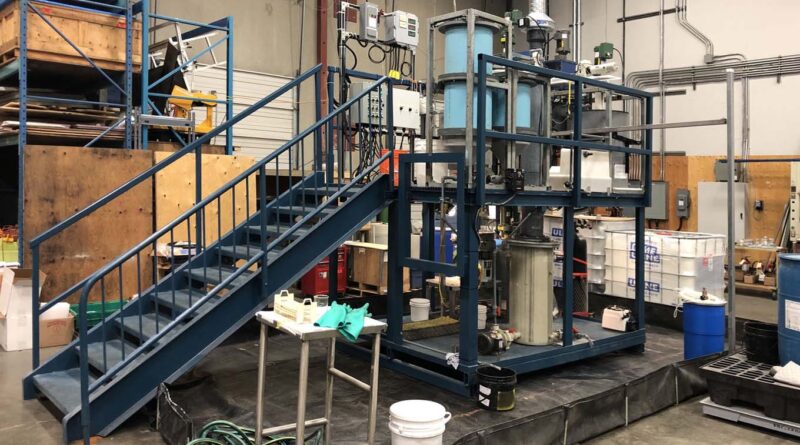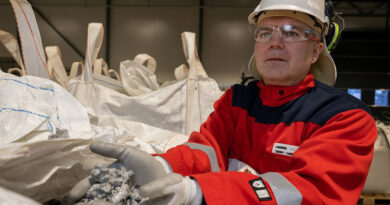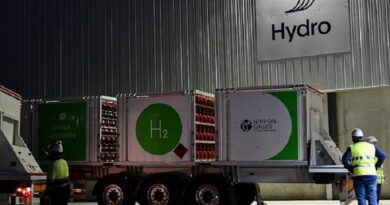Paper describing closed-loop battery recycling process
American Manganese Inc. has announced that the detailed technical paper, ‘A Novel Closed Loop Process for Recycling Spent Lithium-ion Battery Cathode Materials’ has been submitted, reviewed, and published in the International Journal of Green Energy, a peer-reviewed journal that publishes papers on energy, energy conversion, energy management, and energy conservation, particularly in advanced, sustainable, and green energy technologies.
The publication describes the experimental work conducted by the American Manganese’s R&D contractor, Kemetco Research, to develop one of AMY’s potential recycling flowsheets. Here’s the paper’s abstract:
PAPER ABSTRACT
Hydrometallurgical recycling of spent lithium cathode material commonly uses sodium hydroxide (NaOH) and sodium carbonate (Na2CO3) as reagents for impurity removal, metal extraction, and lithium recovery, which results a final processing solution containing high concentration of Na+ that needs to be treated before discharge or reuse.
The present study reports the development of a novel closed-loop hydrometallurgical recycling of spent lithium cathode material process by adapting lithium hydroxide (LiOH) or lithium carbonate (Li2CO3) to replace in impurity removal and metal extraction, as well as using a three-compartment electrodialysis cell to regenerate LiOH and sulfuric acid (H2SO4) in recovering lithium.
The regenerated LiOH and H2SO4 can be reused in the hydrometallurgical recycling process, making this a closed-loop process. Three different scales are studied to understand the reaction kinetics: 1-l batch, 40-l batch, and 73-l continuous batch.
With LiOH as a reagent, impurities, such as Al and Fe, can be removed at pH 4.0–5.5. Metal extraction of Ni, Co, and Mn as carbonate or hydroxide can be achieved at pH 8–10. Up to 0.9 M of LiOH can be generated with a three-compartment electrodialysis cell with a 78% current efficiency.
The proposed closed-loop hydrometallurgical process reduces costs through reagent regeneration, offering economic attractiveness, and provides an environmentally friendlier approach to recycling spent lithium-ion battery cathode material.



